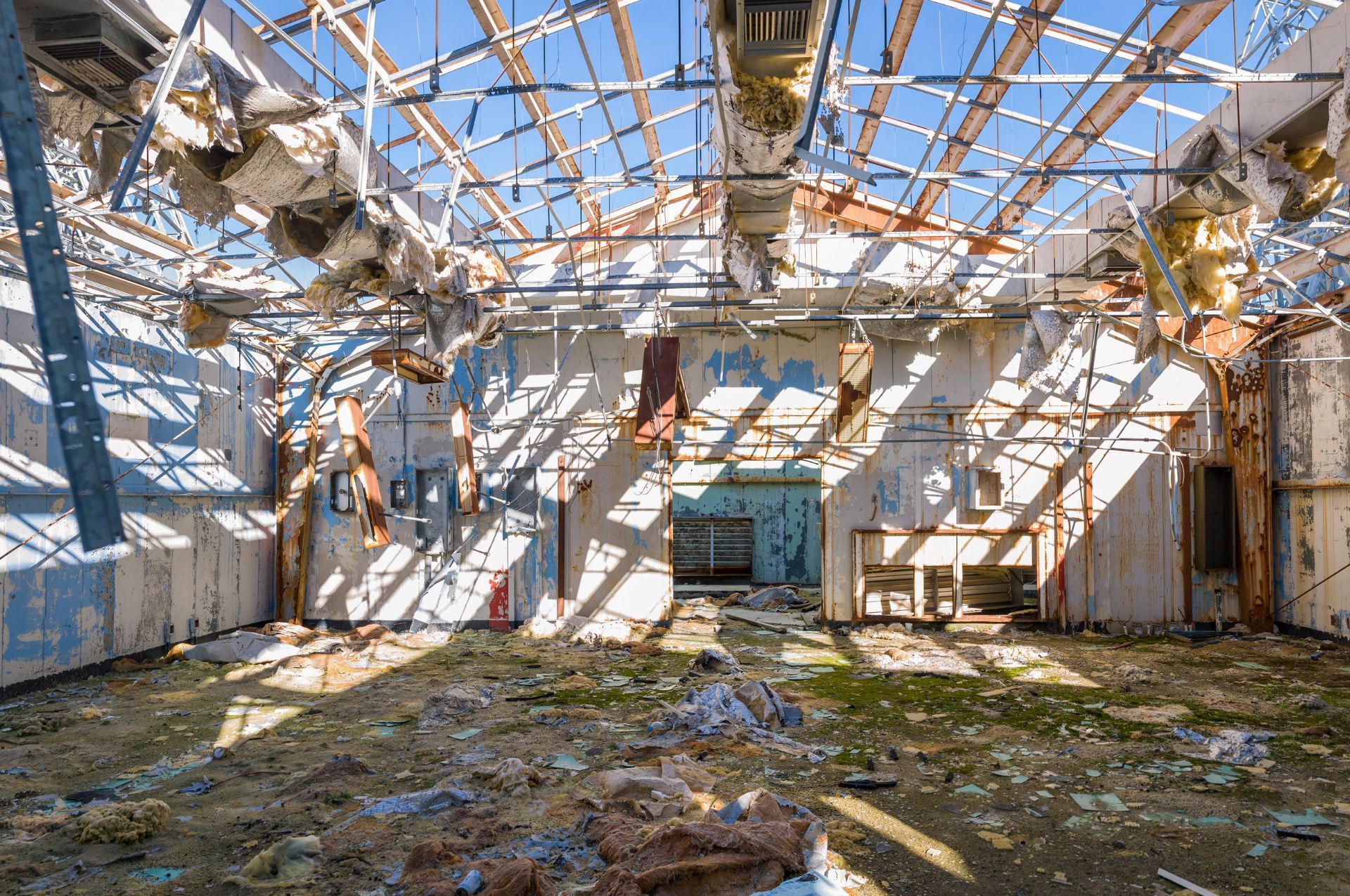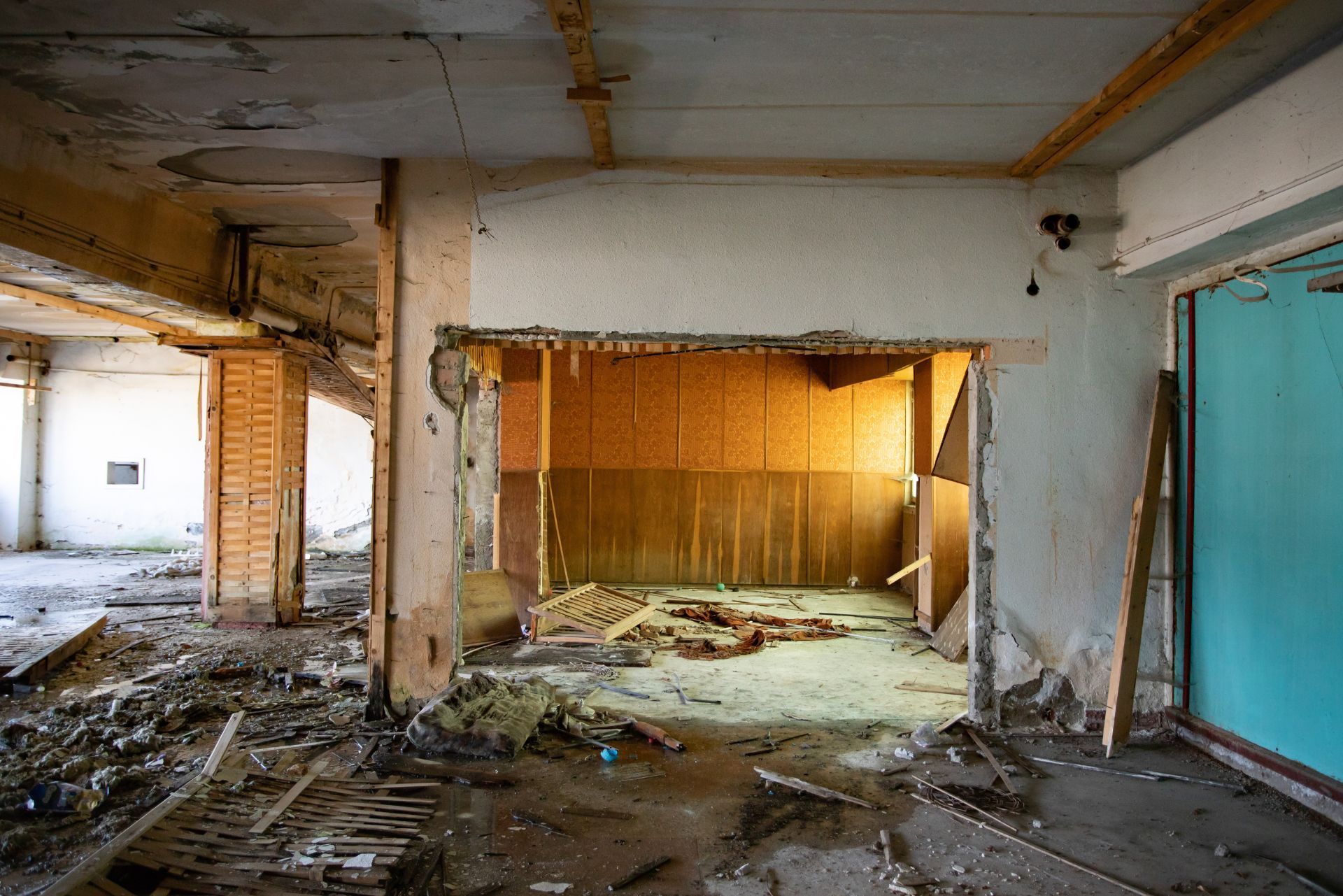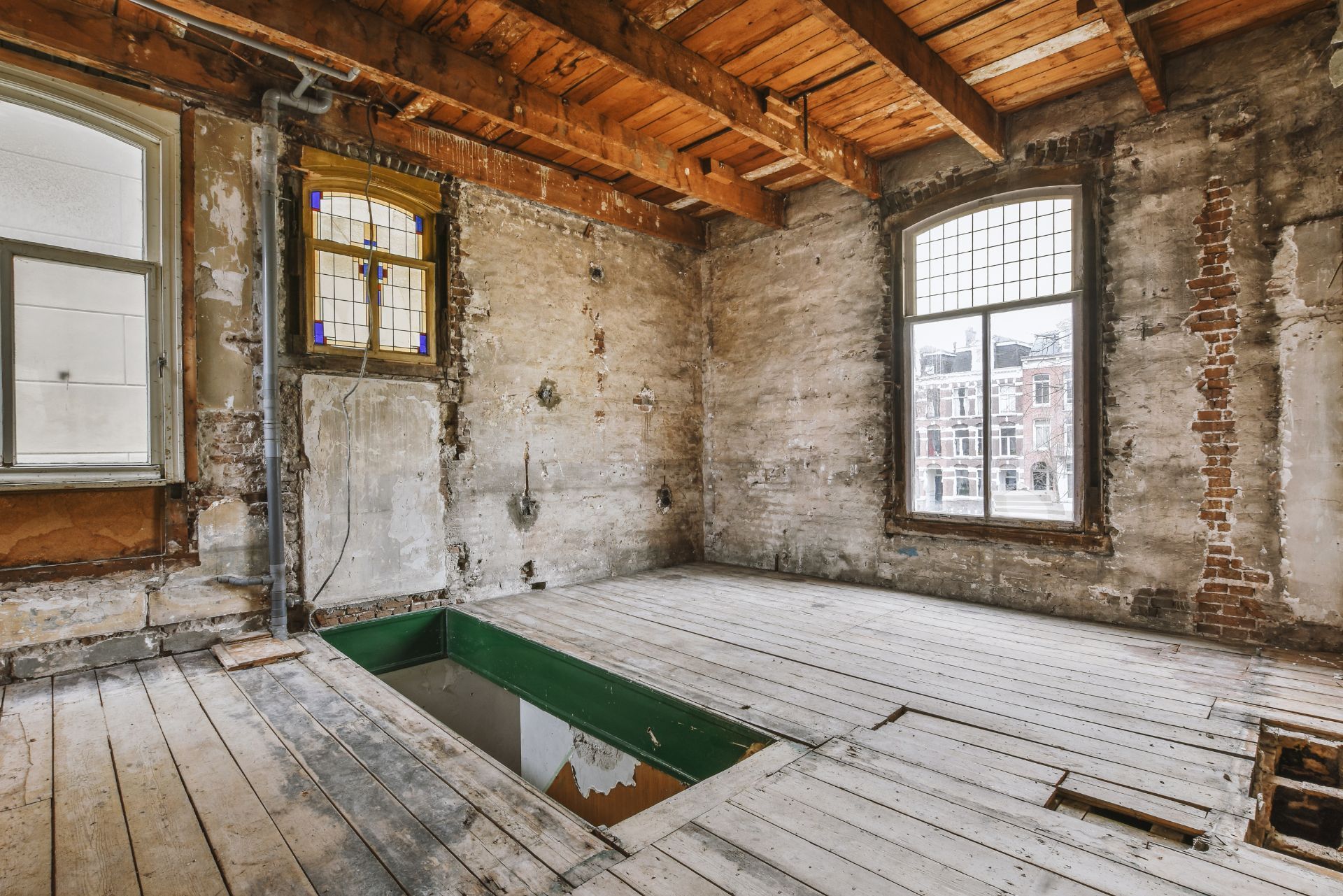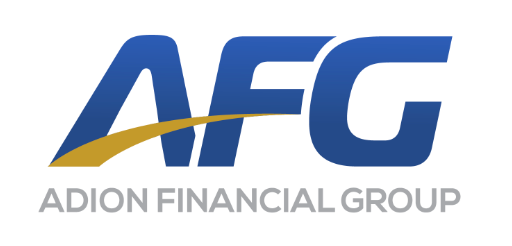
Top 3 Recommended Policies
For homeowners and property investors in Connecticut, understanding insurance coverage for properties undergoing rehabilitation is more important than ever. With rising insurance rates, increasing non-renewals, and unique regional risks such as wind and water damage, securing the right insurance policy can feel complex and overwhelming. This article breaks down what you need to know about insurance for Connecticut properties under rehab, highlighting key trends, challenges, and expert insights to help you navigate this evolving landscape.
Connecticut has seen significant changes in homeowners insurance recently. For instance, homeowners insurance rates increased by 13.5% in 2024, following a 9.6% rise in 2023. These hikes reflect broader challenges that impact properties in rehab, making it essential to understand how insurance works in this context.
Why Insurance for Properties Under Rehab Is Different
Properties undergoing rehabilitation face unique risks that standard homeowners insurance policies may not fully cover. Rehab projects often involve construction activities, temporary vulnerabilities like exposed structures, and fluctuating property values. Insurers typically view these properties as higher risk, which can lead to higher premiums or even policy non-renewals.
In Connecticut, the situation is further complicated by environmental factors. According to analysts from the Connecticut state comptroller's office, wind damage and resulting water damage are the main loss drivers in the state. Rehab properties, often with incomplete roofing or exposed areas, are especially vulnerable to these perils.
Moreover, insurance companies are increasingly cautious. In 2023, approximately 14,400 Connecticut homeowners experienced non-renewal of their insurance policies—a 45% increase from the previous year. This trend reflects insurers’ growing reluctance to maintain coverage on properties perceived as risky, including those under rehab. Understanding these dynamics is crucial for property owners planning renovations or repairs.
Additionally, the financial implications of rehabbing a property can be significant. Property owners must not only consider the costs of construction and labor but also the potential for delays and unforeseen expenses that can arise during the renovation process. These factors can lead to extended periods of vulnerability, during which the property may not be fully protected against theft, vandalism, or natural disasters. As such, securing the right insurance coverage becomes an essential part of the planning process, ensuring that all aspects of the project are safeguarded.
Furthermore, the type of renovations being undertaken can also impact insurance rates and coverage options. For instance, properties that are being upgraded to meet modern building codes or that are undergoing extensive structural changes may attract different underwriting criteria compared to cosmetic updates. Insurers may require detailed information about the scope of the work being performed, including timelines and the qualifications of contractors involved. This level of scrutiny can be daunting for homeowners, but it underscores the importance of transparency and communication with insurance providers to avoid potential pitfalls during the rehabilitation process.

Key Considerations When Insuring a Rehab Property
Assessing the Scope of Rehab Work
Insurance providers will want detailed information about the nature and extent of the rehab work. Minor cosmetic upgrades may not significantly affect insurance terms, but major structural repairs or additions often do. Full transparency about timelines, contractors involved, and safety measures can help insurers accurately assess risk and offer appropriate coverage. It's also vital to keep a record of all communications and contracts with contractors, as this documentation can serve as proof of the quality and scope of work completed, which can be beneficial during the claims process.
Temporary Coverage Needs
Since rehab projects can expose properties to additional hazards, many owners require specialized temporary coverage. This might include builder’s risk insurance, which protects against damage during construction phases, or endorsements to existing policies that cover materials and equipment on-site. Additionally, understanding the duration of coverage is crucial; some policies may only last for a specific period or until the project reaches a certain completion percentage. Owners should also consider potential liabilities associated with visitors or workers on-site, as general liability insurance can mitigate risks related to accidents or injuries that may occur during the rehab process.
Foundation Repairs and Insurance Implications
One of the unique challenges in Connecticut is the prevalence of homes with crumbling foundations. The
Connecticut Foundation Solutions Indemnity Company (CFSIC) has repaired around 1,000 such homes as of October 2024. While these repairs improve structural integrity, insurers may still view affected properties as higher risk until repairs are fully documented and verified. Homeowners should proactively engage with their insurance agents to discuss the specific implications of foundation issues on their policies, as well as any potential discounts for completed repairs. Furthermore, it may be beneficial to seek out insurers who specialize in properties with historical foundation problems, as they may offer more tailored coverage options that reflect the unique challenges of such homes.
Impact of Rising Insurance Rates on Rehab Properties
Connecticut’s homeowners insurance rates have been climbing steadily. The 13.5% increase in 2024, following a 9.6% rise in 2023, has put pressure on property owners, especially those with homes under rehab who may already face higher premiums. These increases are driven by multiple factors, including more frequent claims related to wind and water damage, as well as rising reinsurance costs.
Commercial property owners in Connecticut’s Bridgeport-Stamford corridor have also felt the pinch, with a reported 23% increase in property and casualty insurance premiums in 2023. This trend underscores the broader insurance market challenges in the region, which can indirectly affect residential rehab projects due to shared risk factors and market conditions.
For homeowners, the rising costs can mean difficult decisions about whether to proceed with rehab projects or how to structure insurance coverage. It also highlights the importance of working with knowledgeable insurance agents who understand the local market and can help identify policies that balance coverage and cost effectively.
Moreover, the implications of these rising rates extend beyond immediate financial concerns. Homeowners may find themselves reassessing the scope of their rehabilitation projects, potentially opting for less extensive renovations or delaying upgrades altogether. This cautious approach can stifle the local economy, as fewer rehab projects mean less business for contractors, suppliers, and other service providers. Additionally, neighborhoods that rely on revitalization efforts may experience stagnation, impacting property values and community morale.
As the insurance landscape continues to evolve, homeowners are encouraged to explore alternative risk management strategies. This could include investing in preventative measures such as improved drainage systems or wind-resistant roofing, which not only enhance the property's resilience but may also lead to lower premiums over time. Engaging in community discussions about collective insurance purchasing or lobbying for regulatory changes could also provide avenues for mitigating the financial strain caused by these rising rates. The interconnectedness of these factors illustrates the complexity of the housing market in Connecticut and the need for adaptive strategies among property owners.
State Oversight and Consumer Protections
Connecticut benefits from strong regulatory oversight of insurance rates and practices. Research by Harvard and Wharton business schools, highlighted by Connecticut Senate Democrats, shows that states with rigorous review of insurance rate requests tend to have lower average premiums. This oversight helps protect homeowners, including those with properties under rehab, from excessive insurance costs.
However, some experts argue that insurers should better recognize proactive initiatives like foundation repairs and climate resilience measures when setting rates. As one commentator noted, "If insurers refuse to account for those kinds of initiatives, then state lawmakers should force the issue." This perspective highlights ongoing debates about how insurance companies evaluate risk and reward mitigation efforts.
In addition to the regulatory framework, Connecticut has implemented several consumer protection measures aimed at enhancing transparency in the insurance market. For instance, the state mandates that insurers provide clear explanations of policy terms and conditions, ensuring that homeowners fully understand their coverage options. This initiative is particularly beneficial for first-time homeowners who may be unfamiliar with the complexities of insurance policies. Furthermore, the Connecticut Insurance Department actively engages with consumers through educational programs and resources, empowering them to make informed decisions regarding their insurance needs.
Moreover, the conversation surrounding insurance rates is increasingly intertwined with broader discussions about climate change and its impact on property values. As natural disasters become more frequent and severe, the need for insurers to adapt their models to reflect these realities is paramount. Some industry analysts suggest that integrating climate risk assessments into underwriting processes could lead to more equitable pricing structures. This shift not only benefits consumers but also encourages homeowners to invest in sustainable practices, ultimately fostering a more resilient community in the face of environmental challenges.

Tips for Homeowners and Investors Insuring Rehab Properties in Connecticut
Work with Experienced Insurance Professionals
Given the complexities involved, partnering with insurance agents who specialize in rehab properties can make a significant difference. They can guide you through available coverage options, help document your rehab activities, and negotiate terms that reflect your property’s actual risk profile. These professionals often have insights into local market conditions and can recommend tailored policies that suit your specific needs, ensuring that you are not underinsured or overpaying for coverage. Additionally, their expertise can be invaluable in navigating the nuances of state regulations and compliance requirements, which can vary significantly from one municipality to another.
Document All Repairs and Improvements
Maintaining thorough records of all rehab work, including foundation repairs, roofing upgrades, and waterproofing measures, can support your insurance claims and renewal applications. Insurers are more likely to offer favorable terms when they can verify that risks have been mitigated. Taking photographs before, during, and after each stage of the renovation can serve as visual proof of the improvements made. Furthermore, keeping receipts and contracts from contractors can bolster your case in the event of a claim, demonstrating that professional standards were upheld during the rehab process. This meticulous documentation not only aids in insurance matters but can also enhance the overall value of your property.
Consider Supplemental Policies
Depending on the rehab scope, additional policies such as builder’s risk insurance or endorsements for specific perils may be necessary. These can provide coverage gaps that standard homeowners insurance might not address during construction phases. For instance, if your rehab involves significant alterations or additions, you might want to explore coverage for tools and materials on-site, which can be vulnerable to theft or damage. Additionally, considering liability coverage for accidents that might occur during the renovation can protect you from potential lawsuits, ensuring that your investment remains secure throughout the rehab process.
Stay Informed About Market Trends
Insurance markets evolve, especially in regions like Connecticut facing climate-related risks and increasing claims. Staying updated on rate changes, regulatory developments, and industry reports can help you anticipate challenges and adjust your insurance strategy accordingly. Engaging with local real estate groups or attending industry seminars can provide valuable networking opportunities and insights into best practices. Moreover, understanding how natural disasters, such as flooding or winter storms, impact insurance rates can help you make informed decisions about additional coverage or risk mitigation strategies, ultimately safeguarding your investment against unforeseen events.
Conclusion: Navigating Insurance for Connecticut Rehab Properties
Insuring properties under rehabilitation in Connecticut requires careful consideration of unique risks, rising insurance costs, and regulatory protections. With wind and water damage as leading causes of loss, and a notable increase in policy non-renewals, property owners must be proactive in securing appropriate coverage.
Strong state oversight helps keep premiums more affordable than in many other states, but the market remains challenging. By working with experienced professionals, documenting repairs thoroughly, and understanding available insurance products, homeowners and investors can better protect their rehab projects and investments.
For more detailed information on the recent insurance trends and challenges in Connecticut, the
Connecticut Post and
Trepp property analysis firm reports provide valuable insights into the evolving insurance landscape.
Contact Us
Phone
Locations
Connecticut Location
703 Hebron Ave., 3rd Floor, Glastonbury, CT 06033
North Carolina Location
436 East 36th St., Charlotte, NC 28205


